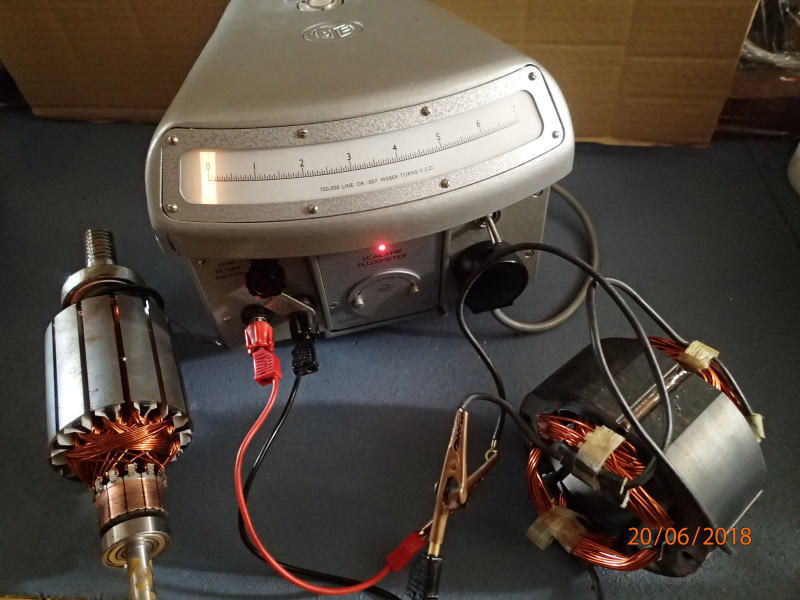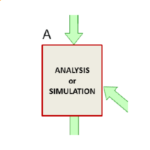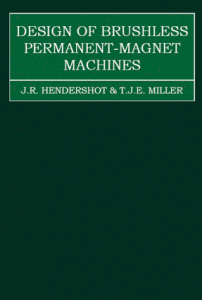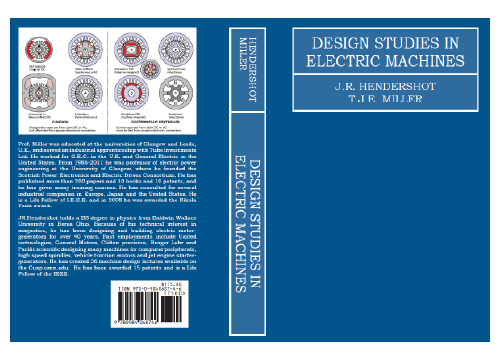A fluxmeter is an integrating voltmeter. It never measures flux directly. It measures flux-linkage, the integral of voltage with respect to time. It is true that flux can be estimated from flux-linkage, but only by dividing by the number of turns in the winding. However, this concept, flux-linkage = flux × turns, assumes that all the flux links all the turns. In an electric machine or transformer, this is never the case, because of leakage flux and partial linkages, which are important for certain aspects of performance.
Here is a practical suggestion concerning the lowly fluxmeter. (Really, flux-linkage meter).
Imagine we are developing brushless PM machines, particularly the IPM. Lots of companies do this! There are many variations in the rotor geometry, often analysed with JMAG. But in the test lab, is there an effective way to measure and compare different rotors, without doing dynamometer testing with a vector-controlled inverter, a complex data acquisition system, and a room full of specialists in white overalls?
One way is to use a fluxmeter to make static tests. Many engineers will feel comfortable with the idea of measuring inductance, particularly the synchronous inductances \(L_d\) and \(L_q\), and they know that these inductances vary with \(I_d\) and \(I_q\), due to saturation. They may also know about the interaction known as cross-saturation. Flux-linkage measurements are more basic than inductance measurements, and yet inductance can be obtained directly from them. So the idea is to measure flux-linkages (let us say, for the dand q-axis orientation of the windings), as a function of the currents \(I_d\) and \(I_q\) using static tests with a fluxmeter. (More technical details are described in the Green Book, p. 246.1)
The point is that the motor engineer can do this alone, without any need for a dynamometer, an inverter, or a data acquisition system. It saves time and money, and it provides almost all the data needed to evaluate the electromagnetic quality of a synchronous machine rotor.
An example of an old-style fluxmeter is shown in the picture. Modern instruments are, of course, electronic. They have facilities that were not available when this instrument was first made. The one in the picture is being used to make static measurements on a universal AC motor.
1 Design of Brushless Permanent-Magnet Machines, J.R. Hendershot Jr. and T.J.E. Miller, 2010, Motor Design Books LLC, Venice, Florida, USA; available in Japan from MS-TECH, www.motionsystem-tech.com (also in Japanese translation).






